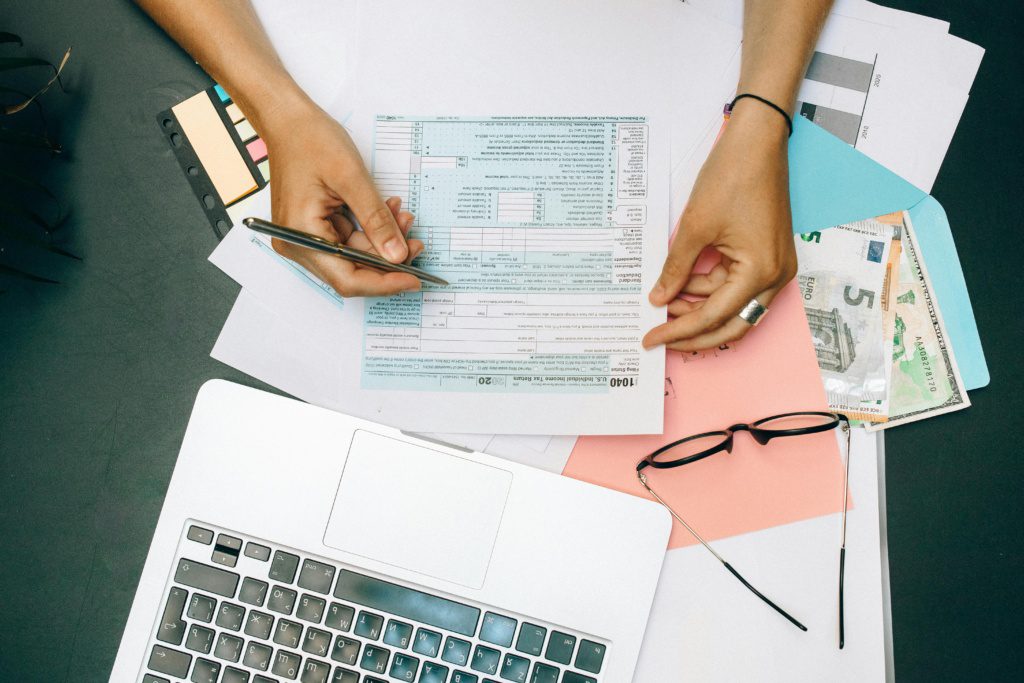
If you get paid through apps like PayPal, Venmo, Stripe, Etsy or online marketplaces, you’ve probably heard about changing rules for Form 1099-K.
The good news: the IRS has confirmed that the Form 1099-K threshold is back to more than $20,000 and more than 200 transactions for many payment apps and marketplaces. The feared $600 rule is not coming in yet, at least for now.
What is Form 1099-K?
Form 1099-K is a tax form that reports certain payments processed by:
- Credit and debit card companies
- Third-party apps and marketplaces (like PayPal, Venmo, Etsy, eBay and others)
You may receive a Form 1099-K if you:
- Run a side business or small business using payment apps
- Sell regularly on platforms like Etsy or eBay
- Use Stripe, Square or similar services to get paid
You should think of the form as a reporting notice, not a bill. It tells the IRS, “Money flowed to you through this platform.”
What changed with the Form 1099-K threshold?
Originally, a law passed in 2021 was going to drop the reporting threshold to just $600, with no minimum number of transactions. That would have caused millions of people to start receiving Form 1099-K for casual, small amounts.
After delays and pushback, Congress passed new legislation, and the IRS has now confirmed:
- For many payment platforms, no Form 1099-K is required unless:
- Total payments are over $20,000, and
- You have more than 200 transactions in the year
- Credit and debit card transactions remain reportable with no dollar limit, as before
Some apps may still choose to send you a 1099-K even if you’re under the threshold, but they are not required to.
What this means for casual sellers and personal payments
If you only:
- Occasionally sell used personal items
- Get reimbursed by friends or family through an app
- Receive infrequent, small payments
you’re now much less likely to receive a Form 1099-K than you would have under the planned $600 rule.
However, it’s important to remember:
If you have taxable income, it must be reported whether or not you receive a 1099-K.
The form doesn’t create income; it just reports it. Your real tax result is based on your actual income and expenses.
What if you get a Form 1099-K and it looks “wrong”?
This is where things can get confusing. A Form 1099-K might include:
- Sales of personal items at a loss (for example, selling a used TV or furniture for less than you paid)
- Mixed personal and business activity in the same app
- Crowdfunding or reimbursements that may not all be taxable income
If that happens:
- Don’t panic
- Don’t ignore the form
- And don’t just plug the total into your tax return as “other income”
Instead, you’ll want to match what’s on the form to your own records, separate personal items from real business income, and report only what is truly taxable. That’s exactly the kind of work a CPA firm can help with.
Why this still matters for your tax return
Even with a higher Form 1099-K threshold of $20,000 and 200 transactions, the IRS still expects you to report:
- Online business income
- Side gig earnings
- Marketplace sales that generate profit
If you’ve been using payment apps more often, or you’re not sure whether your activity is a “business” in the eyes of the IRS, it’s a good time to get professional advice before filing.
We’re here to help you sort it out
The rules around Form 1099-K have changed several times in a short period. That’s confusing for taxpayers and for the platforms that issue these forms.
At Torkelson & Associates CPAs, we can help you:
- Review any Form 1099-K you receive
- Separate business activity from personal transfers
- Make sure your online income is reported correctly
- Plan ahead so next year’s reporting is smoother and less stressful
If you’re unsure how the Form 1099-K threshold of $20,000 and 200 transactions applies to you, or you’re staring at a Form 1099-K and not sure what to do with it, contact us. We’ll walk through your specific situation and help you file with confidence.